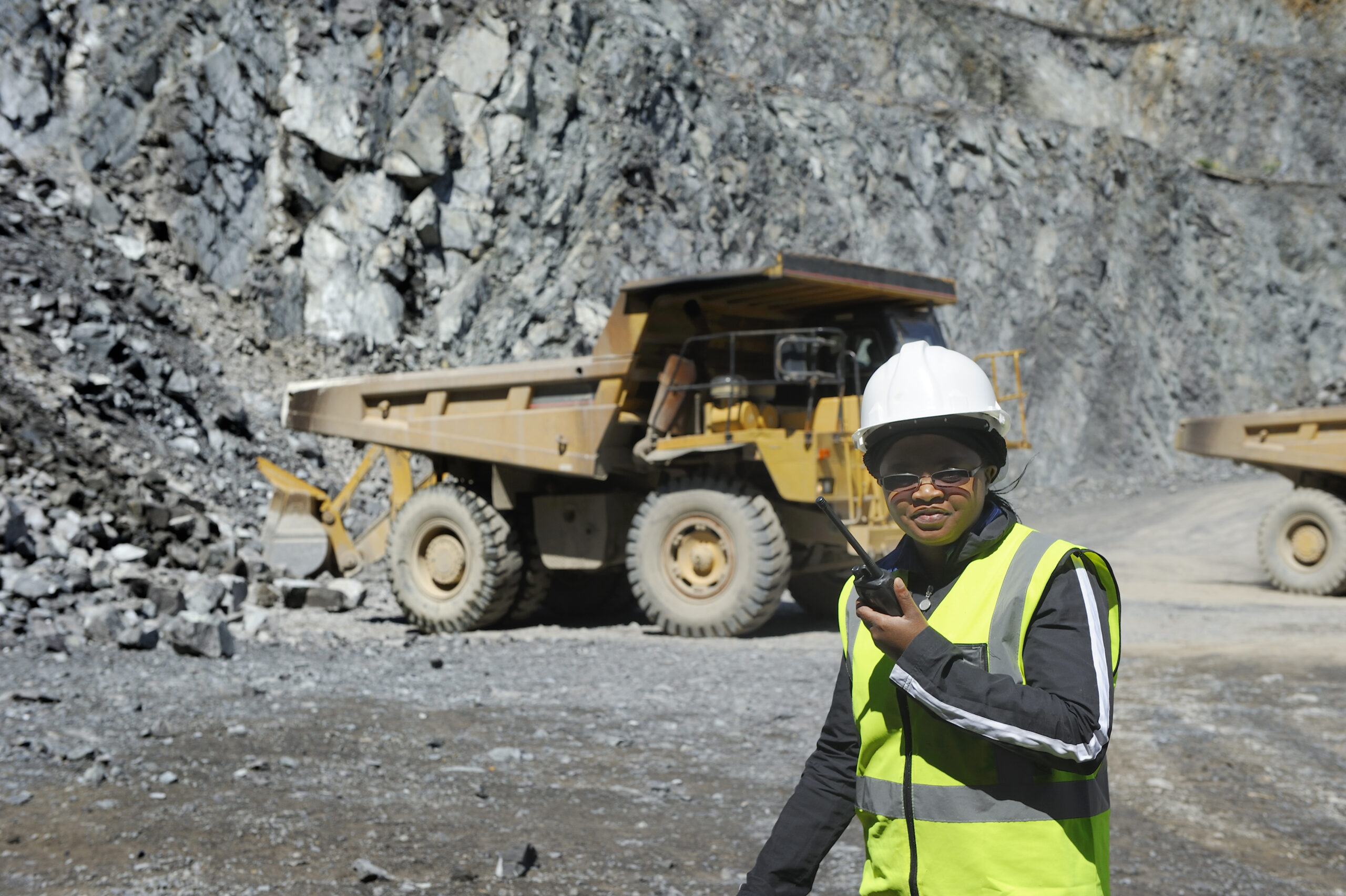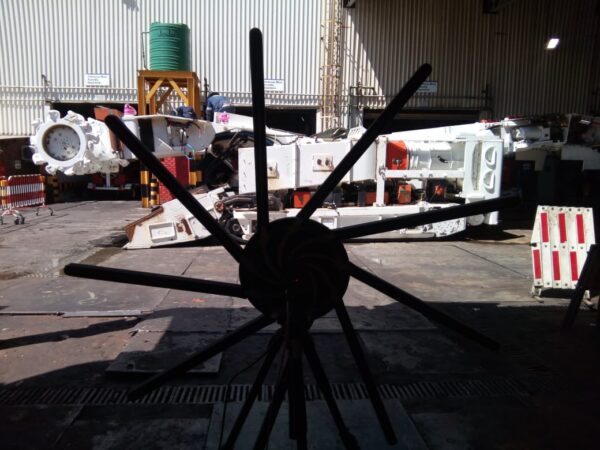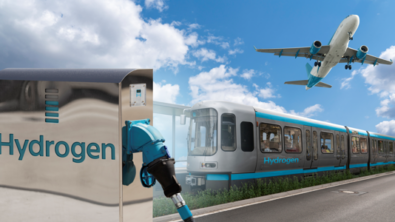How sound source localization helps save miners’ hearing

The mining industry is a major provider of jobs and security in South Africa. However, the problems associated with noise in the workplace have a negative impact on the hearing of mine workers. The South African government installed hearing conservation programs to improve the safety of miners. They are achieving this by involving sound engineering techniques, such as sound source localization, and consulting with researchers and experts in the field.
Health and research
The Mine Health and Safety Council works closely together with various South African universities, companies, and governmental establishments to make sure all hearing conservation program goals are met.
The first goal to tackle was to decrease deterioration in the hearing of mining workers to less than 10 percent. This is in part achieved by ensuring that all mining equipment does not exceed a sound pressure level of 110 decibels (dB) anywhere in the workplace. But sound levels in mining equipment and machines are typically high, which meant that this was a tough target to hit.
University of Pretoria
The University of Pretoria was tasked to tackle the problem. With the aid of Siemens Simcenter testing solutions and the Simcenter Sound Camera for sound source localization, the University of Pretoria measured noise levels and pinpointed the problem areas in mining machines. This helped identify what needed to be adjusted to not exceed the 110dB threshold.

The advanced sound source localization solution significantly reduced testing and measuring time, reduced costs, and helped mining companies achieve safer work environments faster and more efficiently.
Read how in the case story here.


